Why Do We Love Working with Power Apps?
This is the fastest way to create an app to view and modify the data stored in Dynamics 365. Even the US government uses Power Apps! CRM has a complex structure where it is necessary to previously mentor employees to work with it. This procedure seems to be expensive and long-lasting, not suitable for everyone. Especially, concerning the employees who need only a few functions.
It is much easier to develop a simplified application for a tablet that can be customized for the employees as needed. All actions a person performs in the application will be recorded as if he works through the CRM.
The efficiency of task performing grows mainly because of 2 factors:
-
The application can be configured to the maximum individual set of functions. So the end-user menu will be extremely short. While a full-fledged corporate system has an abyss of records that are never useful for the user but mercilessly distances him from the cherished item.
-
Navigating through cool big icons!
Practical examples of working with CRM functionality in an application
Example #1
In the main menu of the application, there is an item List of contracts. When the employee gets to this section, he sees the contracts he works with. There is no need to filter anything among the contracts of colleagues. He can view and change information as if he was working directly from the CRM — the system records all actions. He can export the contract to PDF and instantly print the document or send it immediately by email.
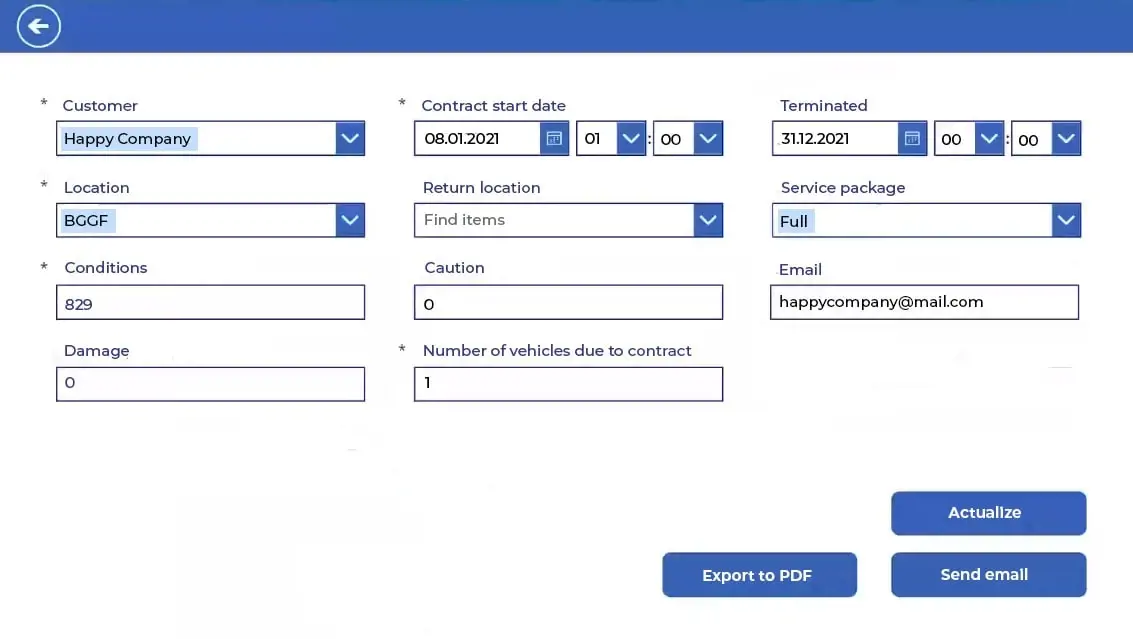
Example #2
The Rent out section has only two buttons: Rent out and Accept back. By clicking on each of them, all accompanying information gets filled out (when, to whom, and in what state the object was issued/received). After filling out, the difference between the first and the second states is displayed.
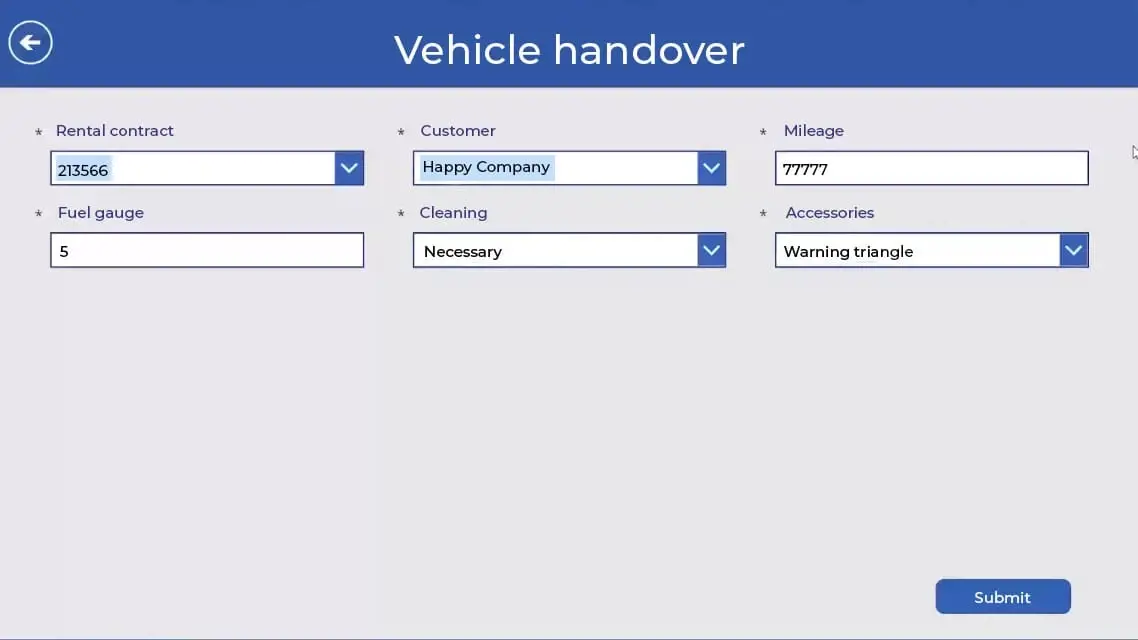
It is also possible to upload some photos of objects.

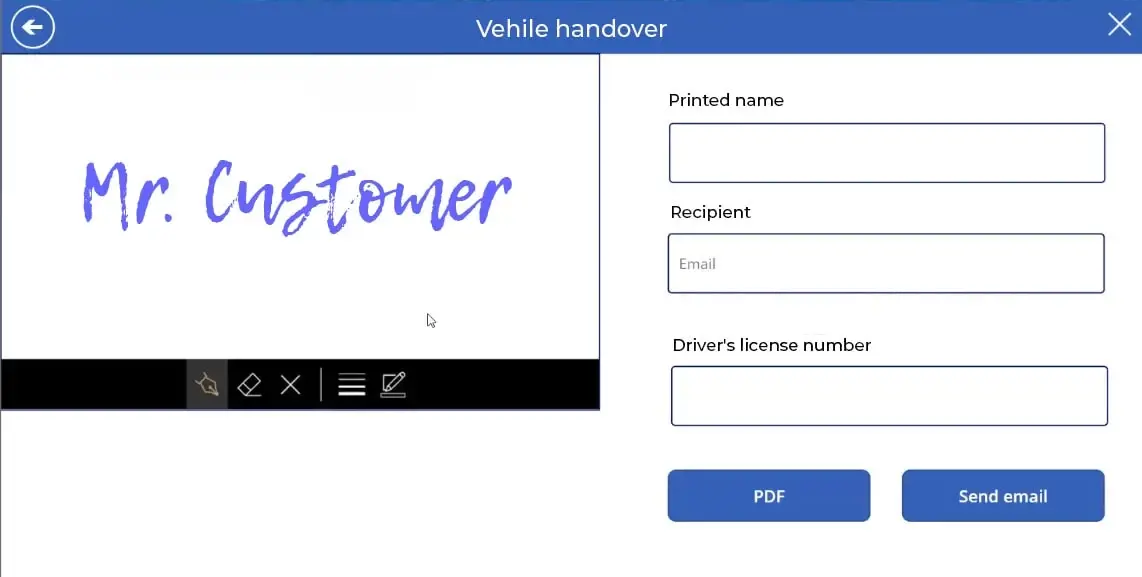
After registration of the lease, the client automatically receives a letter with all the information from this section.
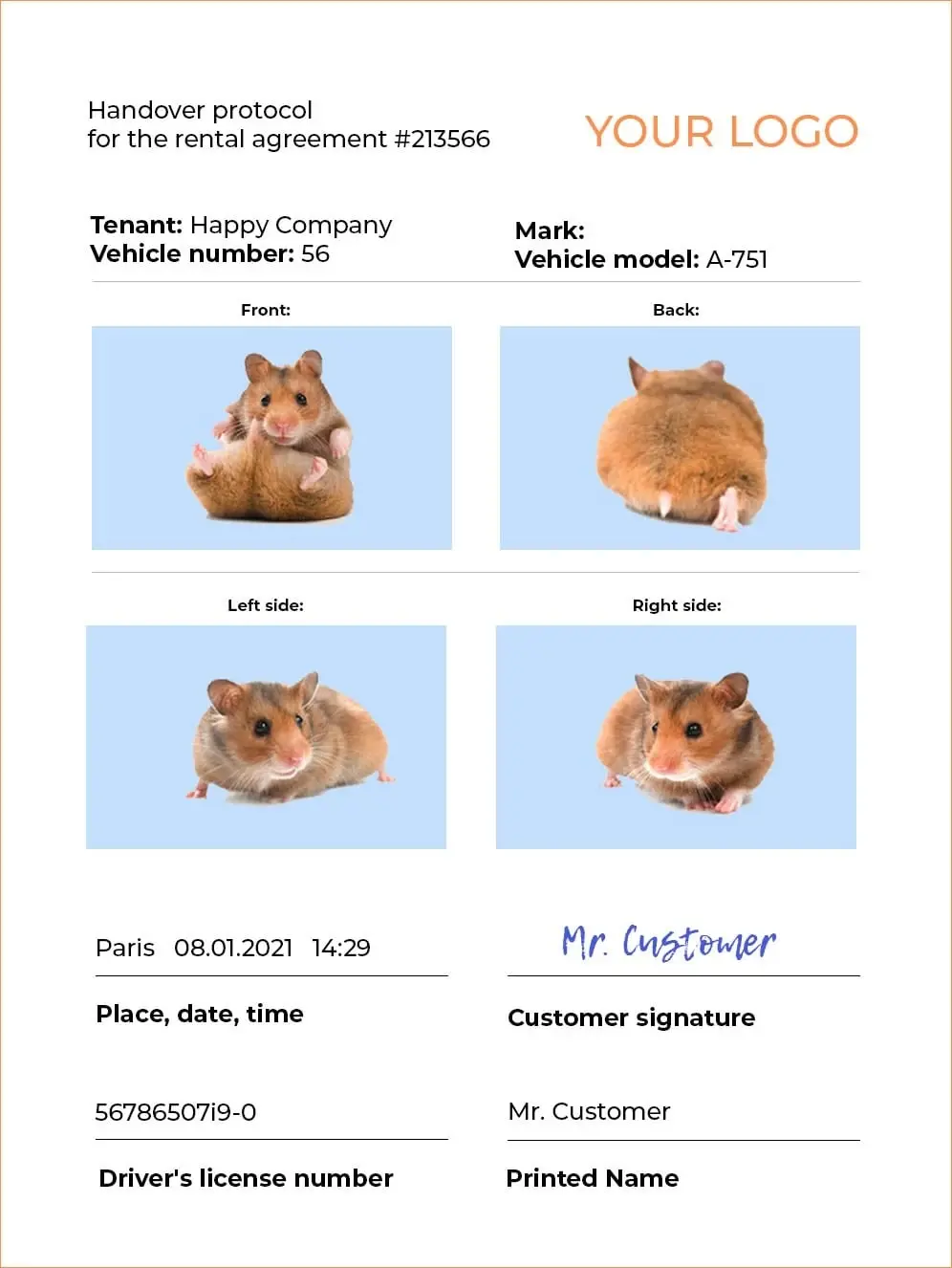
Example #3
Need to send a request for the repair of equipment? - Handle it with three clicks!
-
Choose the appropriate section — Operators & fixes.
-
Choose ‘what to fix‘.
-
Choose an operator and assign him a request.
Example #4
If you need to check the general summary of payments for an object, it would be convenient to create a section Payment information in your application. This task will look like this: I click one button — and I see the complete dossier: all amounts and dates on one page.
Example #5
Bonus! 3 items from the automotive business app that can inspire you too!
-
Directly in the short Car replacement section information about the replacement of the car is instantly recorded on the portal and in the CRM.
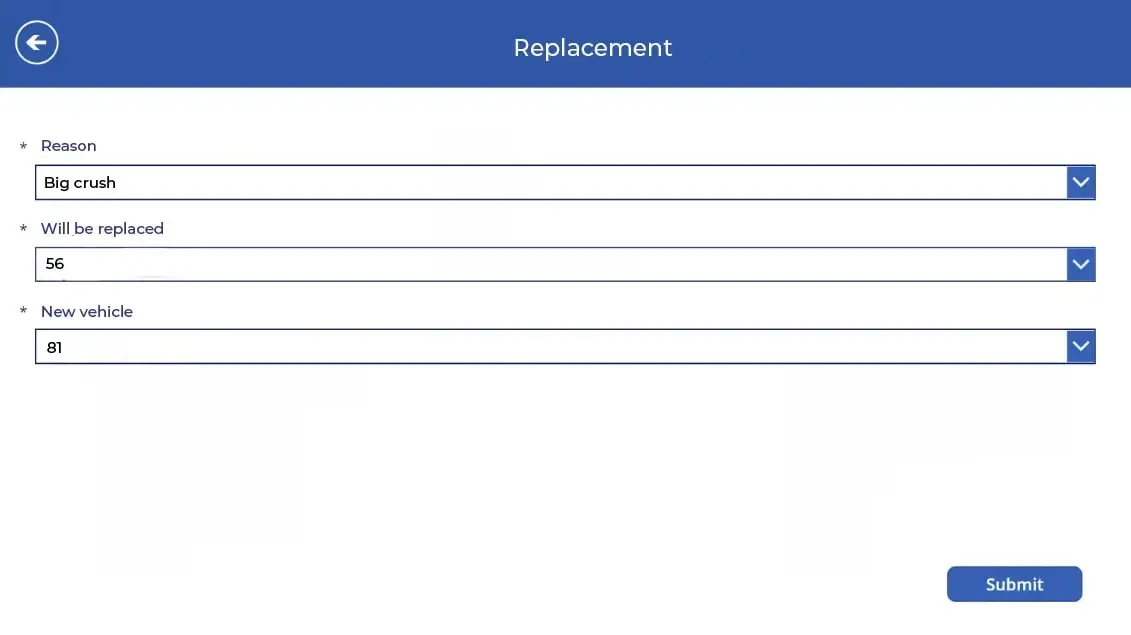
-
Second keys issue — in this section, you fill out the data of the person who requested the key. Then you need to sign the request form in the touch input field on the tablet. You can even change the color of the ink. I will not say that many people pay attention to this, but it is nice. Done! A document is formed and you can print it at once.

- Workshop section allows checking if the repair for the selected car is required. You can predict the repair estimate and send it by email.

Status Tracking Tool
We have developed a unique UDS algorithm to track and synchronize all actions in all entities. For example, if the status of an object has been updated to ‘free of change’, the status will be immediately changed in other places in the application, everywhere this object is mentioned.
Corporative Application Testing
First, we implement such applications for test groups of 10 people. Then collect feedback from the test group and finalize the application considering all wishes of the user. Then, we provide post-support and promptly work on adding new functionality, if necessary. Most often, new ideas appear when our customers start using customized tools.
The UDS team will be glad to get acquainted with your team of volunteer testers soon. Together we will improve and modernize the workflows in your company — contact us!

